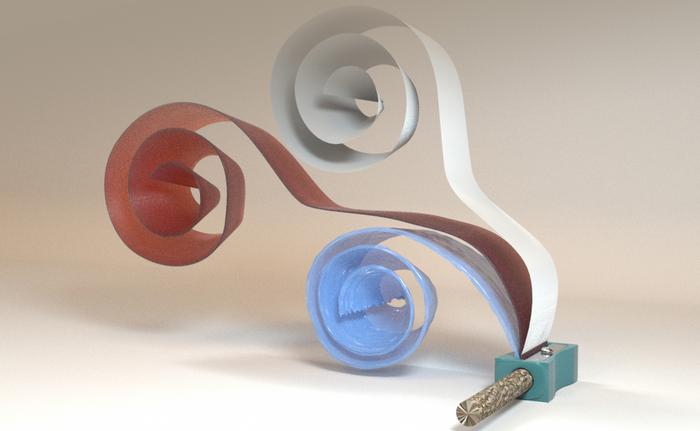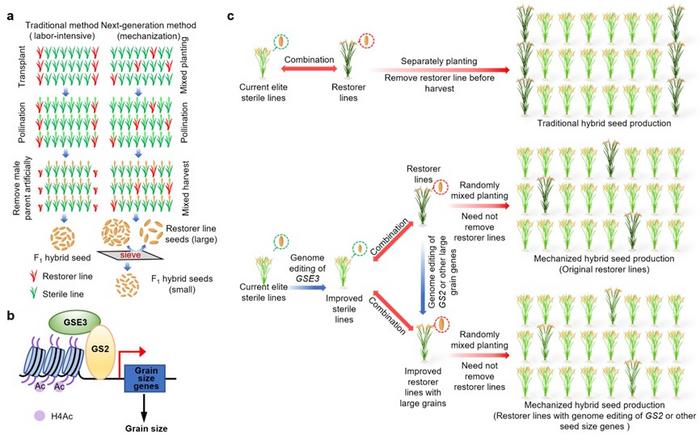DGIST (President Kunwoo Lee) announced on the 16th (Tue) that a research team led by Professor Jaehong Lee of the Department of Robotics and Mechanical Electronics has developed a new human implantable, wireless, health monitoring electronic suture system through joint research with a team from Yonsei University and Korea University. The developed wireless electronic suture can be easily applied in the medical field and is expected to be used in various orthopedic fields, such as patient-customized rehabilitation.

In recent years, with population aging and the rise of various pandemics worldwide, interest in medical devices for monitoring and managing diseases and health conditions has significantly increased. Most of all, the spread of sports culture has led to an increase in the frequency of orthopedic injuries, such as ligament and tendon ruptures. This has increased the medical need for quantitative monitoring of tissue recovery during rehabilitation. Nevertheless, quantitative monitoring has been challenging due to technical limitations.
Against this backdrop, Professor Jaehong Lee’s team, in collaboration with Yonsei University (Professor Jungmok Seo’s team) and Korea University College of Medicine (Professor Wooyoung Jang’s team), developed a wireless human implantable strain that can be monitored remotely without a separate chip or battery. In particular, this sensor is implemented in the form of an electronic suture, which combines a medical needle and thread to close or suture a wound while also performing the functions of an electronic device, allowing for accurate monitoring without burdening the patient.
Sign up for the Daily Dose Newsletter and get every morning’s best science news from around the web delivered straight to your inbox? It’s easy like Sunday morning.
The electronic suture system developed in this research is a new type of implantable electronic device that takes the form of a commonly used medical suture but functions as a wireless strain sensor. The system features a special oil film coating technology to minimize immune reactions, allowing for long-term stable operation. Furthermore, it can be attached as easily as a regular suture, making it convenient for use in the medical field. In particular, if the sensor is fixed to the suture area, it can be operated stably for a long period within the body, providing an innovative solution to previous stability problems.
The research team applied the developed wireless electronic suture system to a porcine Achilles tendon rupture model and regularly monitored the changes in the mechanical properties of the tissue during the 10-week recovery period. The results demonstrated that the developed wireless electronic suture can successfully quantitatively assess the repair properties of the Achilles tendon.
“By developing wireless sensor devices in the form of medical sutures that are familiar in the medical field, we have brought them closer to real-world applications,” said Professor Jaehong Lee. “Starting with this research, we hope to pioneer a new path in the field of human-embedded healthcare devices by developing a range of electronic sutures with multiple functions.” He added.
IMAGE CREDIT: ACS Nano Cover
If you enjoy the content we create and would like to support us, please consider becoming a patron on Patreon! By joining our community, you’ll gain access to exclusive perks such as early access to our latest content, behind-the-scenes updates, and the ability to submit questions and suggest topics for us to cover. Your support will enable us to continue creating high-quality content and reach a wider audience.
Join us on Patreon today and let’s work together to create more amazing content! https://www.patreon.com/ScientificInquirer


.jpg)


Leave a Reply